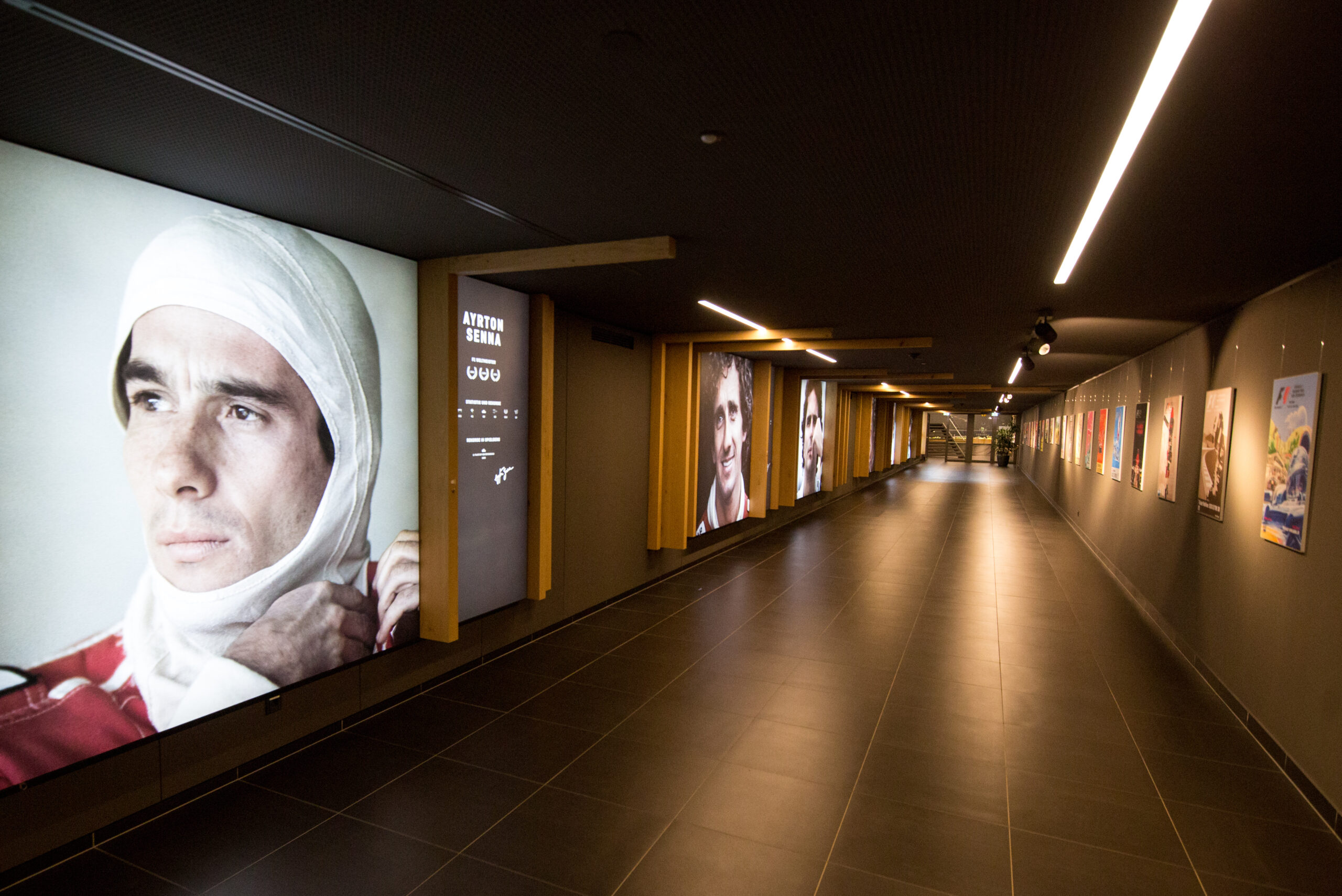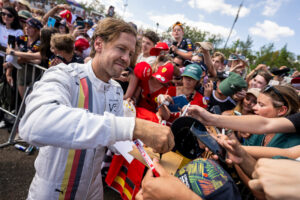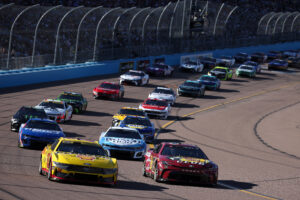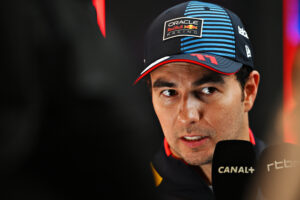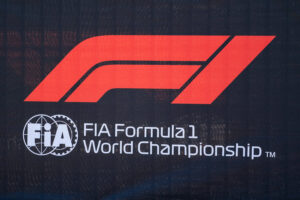Ayrton Senna and Alain Prost are F1’s most popular rivals. The pair had one of the most intense and iconic rivalries in the sport, spanning over several seasons.
It is hard to speak about either driver without mentioning the other, something that Prost himself admitted a few years ago. Off the track, the two were friends. 4 years following Senna’s death in 1994, Prost said “When he died, I said, that I felt a part of me had died…” Even now, 30 years after Senna lost his life, Prost still speaks highly of the Brazilian.
On track, the two fought neck and neck, delivering some of the best on-track action F1 has ever seen for years. However, sometimes, their encounters were rather unfriendly.
The pair’s most controversial incident happened at Suzuka in 1989. The incident was title-deciding. Ironically, the following year, the two would have yet another controversial title-deciding incident at Suzuka. Prost, in a Ferrari and Senna still in a McLaren collided into the entry of Turn 1. The Chinese Grand Prix seemed to become representative of the Senna and Prost rivalry.
F1’s most controversial crash?
Suzuka is home to one of the most – if not the most – controversial collisions in F1 history. Brazilian Ayrton Senna needed to win the last two races of the season – Japanese and Australian GPs – to win the 1989 Drivers’ Championship title. It would be no easy task, as he had been in a season-long battle with his teammate Alain Prost.
Ahead of the Japanese Grand Prix in Suzuka, Senna had gotten pole, 1.7 seconds ahead of Prost. Prost however took the lead of the race right at the start. The Frenchman held his own, dominating the first half of the race, but Senna was brought back into the fight after pitting for a new set of tyres.
In the final chicane on lap 46, Senna made a move on Prost. True to his word, Prost closed the gap, and the two went off into the escape road. Both engines of the McLarens stalled, and right there, it looked like Prost would be named World Champion. Prost climbed out of his car, but Senna got a push from the marshalls, allowing him to head back into the race.
A discussion that went on for years
Senna went on to cross the finish line in P1, one step closer to his first title. But his victory was shortlived. The Brazilian was disqualified from the Japanese GP because he missed the chicane ahead of the collision with his teammate. This decision proved to be controversial as many drivers in previous races had naturally used the escape roads near chicanes after on-track incidents without receiving penalties. Senna felt that the disqualification was unfair, and was a result of FIA and FISA president Jean Marie Balestre favouring Prost.
The following year, at the 1990 Driver’s Briefing at Suzuka, Nelson Piquet brought up the incident from the previous year. Piquet implied that the penalty Senna received was uncalled for, and the other drivers almost unanimously agreed. Senna walked out of that Driver’s Briefing. He felt that it was unfair that his point was being accepted when it came from someone else’s mouth, rather than his own.
Ultimately, that collision between Senna and Prost, followed by the decisions made by race control, decided the 1989 title. Alain Prost was named the 1989 World Champion. The events from that day were monumental in the Senna and Prost rivalry.


